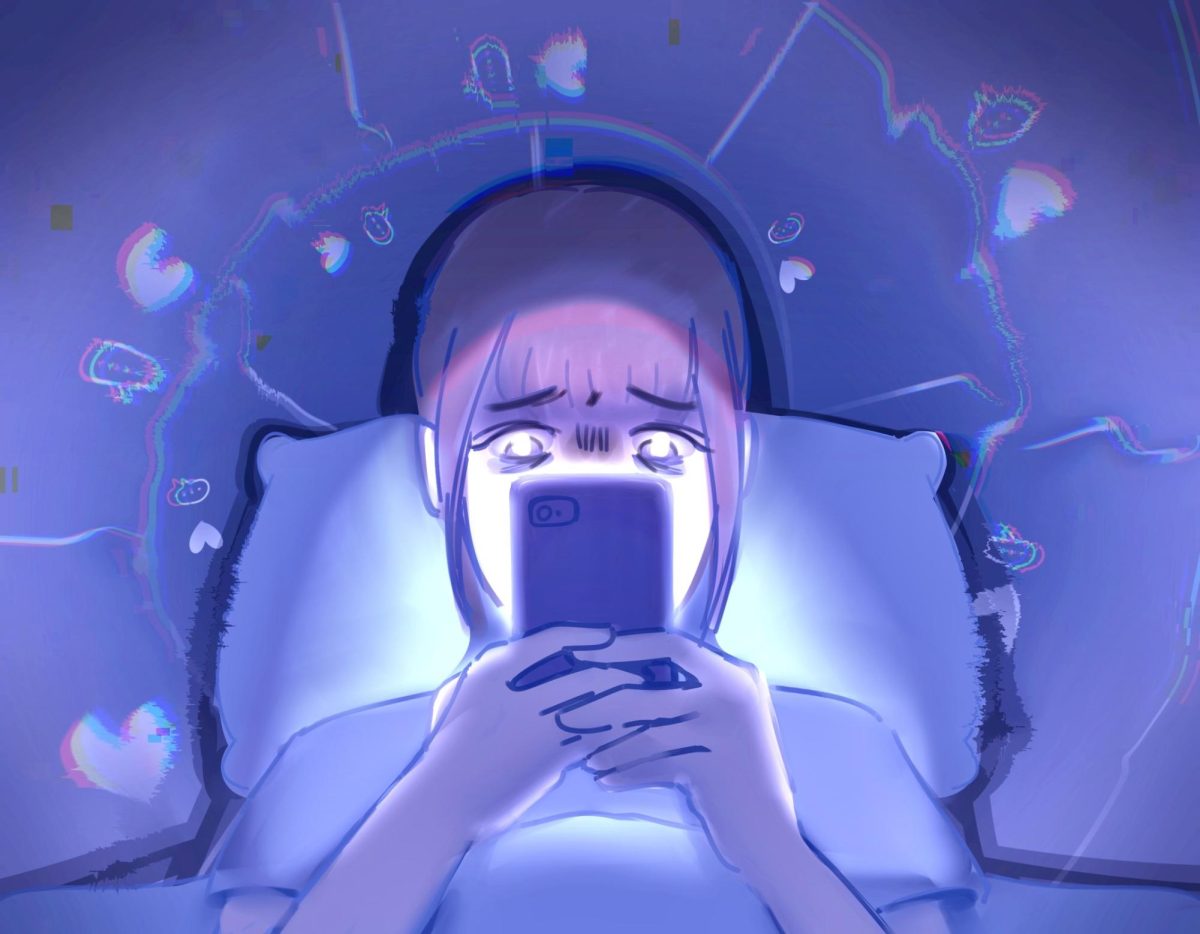Review: The Help (5 Stars)
September 20, 2011
Change may begin with a whisper, but “The Help” delivers its message with a bang.
Directed by Tate Taylor and based on the book of the same name by Kathryn Stockett, “The Help” effectively portrays the gravity of racism which took place amid the 60’s without incorporating too much violence.
Eugenia Phelan (Emma Stone), the protagonist who is also dubbed “Skeeter”, disagrees with the societal structure that she lives in, where blacks are treated in an inferior manner. She cannot express her beliefs to her family or friends, for they all value appearances and materialism more than what is morally correct. Skeeter convinces black maids to impart their experiences with their employers to her; the group convenes secretly to collaborate on an anonymous book based on the maids’ lives, called “The Help”, to finally allow their voices to be heard.
The film does not shy away from the appalling reality of the mistreatment of blacks in the 1960’s; rather, the plot embraces the violence and racism with an intensity that both enthralls and shocks the viewers. One of the most startling scenes, for instance, is the depiction of police brutality against one of the maids who is being arrested for petty theft. After having shoved her onto the hood of the police car, one of the men raises his baton above her head and slashes downward, eliciting loud gasps from everyone in the stunned audience. Also, the contemptuous and derogatory attitude of the Caucasians towards the blacks is pervaded with racism that causes the audience to cringe mentally. The discomfort is actually to the film’s benefit, however, elucidating the reality of life during that time period and thus encouraging viewers to connect more closely with the protagonists.
While race is the superficial distinction between the two groups in “The Help,” more differences become evident as the plot progresses, most significantly their values and emotions. While the Caucasian women focus more on outward appearances, their maids are more concerned with the well-being of their families and the Caucasian children they must raise as well. Similarly, the women fail to show true emotions and thus come across as overly unctuous. The maids, on the other hand, display both ends of the emotional spectrum throughout the film and are thus are portrayed to be more down-to-earth than their socially concerned employers.
However, the movie does not fail to depict compassion among white characters as well. Characters are often faced with the internal conflict of how to act in front of society and how to act according to values. For example, Skeeter’s mother Charlotte (Allison Janney), is forced to fire the maid who brought up her own children, not out of contempt for her race, but rather because she is pressured against her will by her “friends”, who are more concerned with facades.
Although the inhumanity which surrounded the South is still accurately illustrated through the different environment in which the blacks must live and the treatment of blacks by other races, tense situations are always interrupted by comic relief. Humor is even used to further emphasize a serious situation, creating harmony between comedy and substance. Minny Jackson (Octavia Spencer), is the stunning main comedic contributor.
A minimalistic yet effective score further augments the captivating plot. Through a mix of soft instrumentals and 60’s music, the audience’s emotions are intensified, creating a greater overall viewing experience. Although powerful, the music remains subtle enough to enhance without overwhelming the scene.
Also, the lighting and design choices help to exemplify the vast disparity between the life of the black help and the life of their employers. While the homes of the Caucasian families are brightly-lit, pristine, white-washed houses, the maids live in old wooden houses with poor lighting, underscoring their grim situation.
Although certain scenes in the movie are initially shocking due to harsh and racist language and traces of violence, “The Help” manages to illustrate society in the 60’s in a manner that seamlessly incorporates humor and technical details, creating an overall powerful and inspiring story.
Rated PG-13 for thematic material.


















![“[Building nerf blasters] became this outlet of creativity for me that hasn't been matched by anything else. The process [of] making a build complete to your desire is such a painstakingly difficult process, but I've had to learn from [the skills needed from] soldering to proper painting. There's so many different options for everything, if you think about it, it exists. The best part is [that] if it doesn't exist, you can build it yourself," Ishaan Parate said.](https://harkeraquila.com/wp-content/uploads/2022/08/DSC_8149-900x604.jpg)




![“When I came into high school, I was ready to be a follower. But DECA was a game changer for me. It helped me overcome my fear of public speaking, and it's played such a major role in who I've become today. To be able to successfully lead a chapter of 150 students, an officer team and be one of the upperclassmen I once really admired is something I'm [really] proud of,” Anvitha Tummala ('21) said.](https://harkeraquila.com/wp-content/uploads/2021/07/Screen-Shot-2021-07-25-at-9.50.05-AM-900x594.png)







![“I think getting up in the morning and having a sense of purpose [is exciting]. I think without a certain amount of drive, life is kind of obsolete and mundane, and I think having that every single day is what makes each day unique and kind of makes life exciting,” Neymika Jain (12) said.](https://harkeraquila.com/wp-content/uploads/2017/06/Screen-Shot-2017-06-03-at-4.54.16-PM.png)








![“My slogan is ‘slow feet, don’t eat, and I’m hungry.’ You need to run fast to get where you are–you aren't going to get those championships if you aren't fast,” Angel Cervantes (12) said. “I want to do well in school on my tests and in track and win championships for my team. I live by that, [and] I can do that anywhere: in the classroom or on the field.”](https://harkeraquila.com/wp-content/uploads/2018/06/DSC5146-900x601.jpg)
![“[Volleyball has] taught me how to fall correctly, and another thing it taught is that you don’t have to be the best at something to be good at it. If you just hit the ball in a smart way, then it still scores points and you’re good at it. You could be a background player and still make a much bigger impact on the team than you would think,” Anya Gert (’20) said.](https://harkeraquila.com/wp-content/uploads/2020/06/AnnaGert_JinTuan_HoHPhotoEdited-600x900.jpeg)

![“I'm not nearly there yet, but [my confidence has] definitely been getting better since I was pretty shy and timid coming into Harker my freshman year. I know that there's a lot of people that are really confident in what they do, and I really admire them. Everyone's so driven and that has really pushed me to kind of try to find my own place in high school and be more confident,” Alyssa Huang (’20) said.](https://harkeraquila.com/wp-content/uploads/2020/06/AlyssaHuang_EmilyChen_HoHPhoto-900x749.jpeg)








